● The development of Toyota Motor entered a stable period (1990-2002)
New cars / technology keep pushing new
◆ Toyota’s internal structure reorganization: Cooperative production with Daihatsu, Hino, Panasonic and other companies

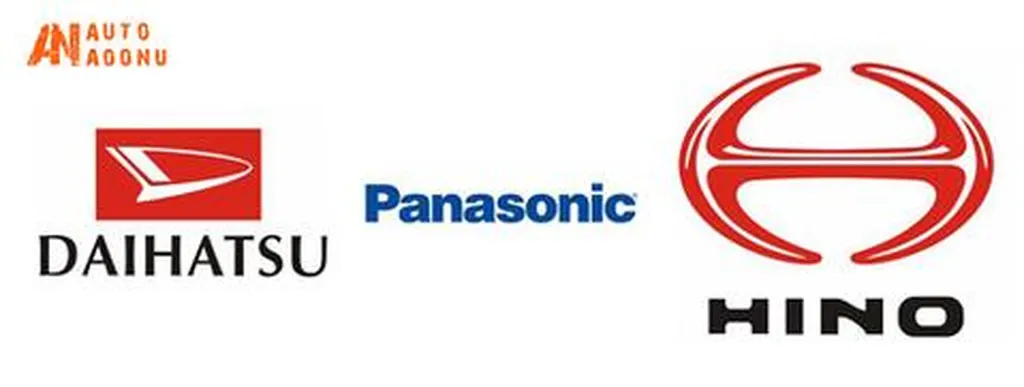
In the 1990s, the Toyota Group entered a period of stable development and its organizational structure began to reorganize. After the reorganization, the new engines for small cars and the design of the models were handed over to Daihatsu Industries, while the development of trucks was handed over to Hino Motors. As for the development of fuel cell vehicles and environmentally-friendly vehicles powered by gasoline and batteries, they would collaborate with the Panasonic Group. In addition, Toyota also competes in car events such as Nazca. At the same time, it is also devoted to the development and practical application of advanced technologies, such as fuel cell hybrid systems and G-Book vehicle communication systems.
◆ Continuously launching new cars: first-generation RAV4 / Prius, renew Corolla, etc.

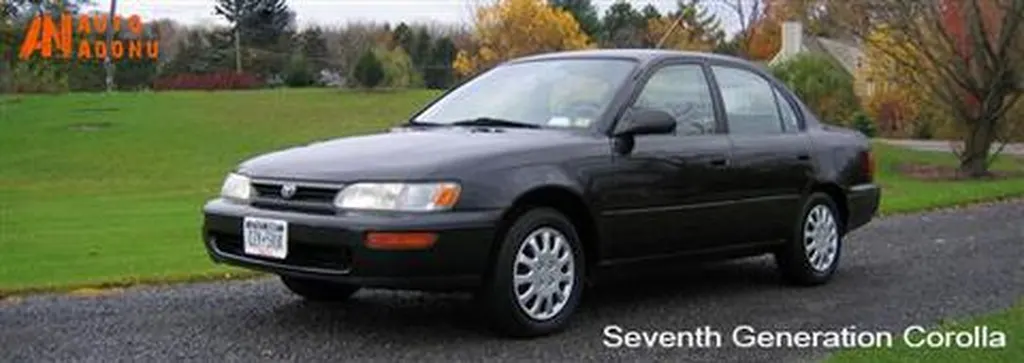

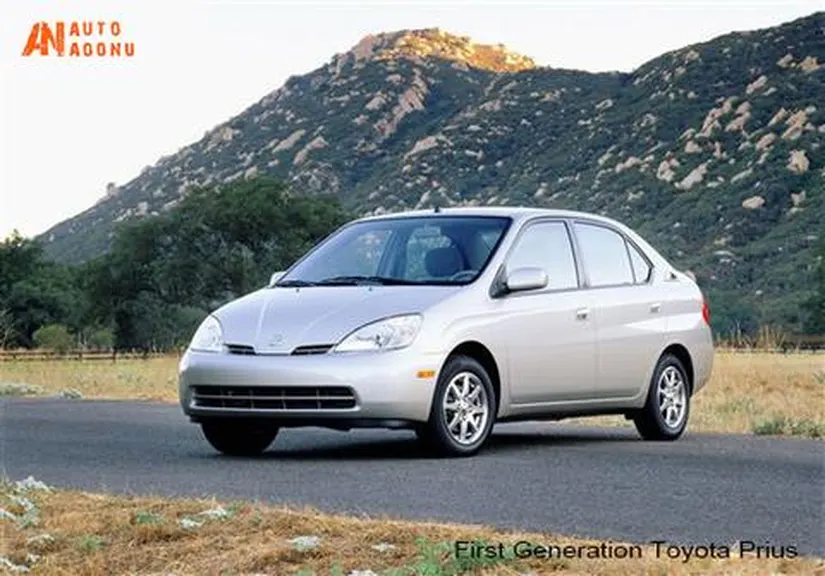

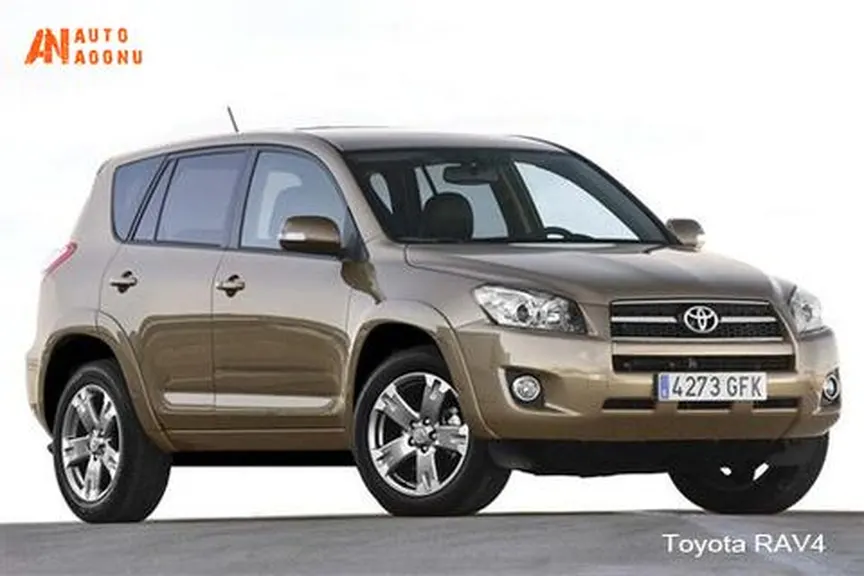
In the 1990s, Toyota began to continuously launch new cars. The new cars launched included a full-size pickup Toyota T100 and Tundra. In terms of sedan, the third / fourth-generation Camry and seventh / eighth Corolla were launched. At the same time, a new urban SUV-RAV4 was also launched. The launch of RAV4 created a new concept of urban SUV. In addition, in 1997, Toyota also started producing the Toyota Prius, the best-selling hybrid model on the market.
◆ Popularizing new technology: variable valve timing system – VVT

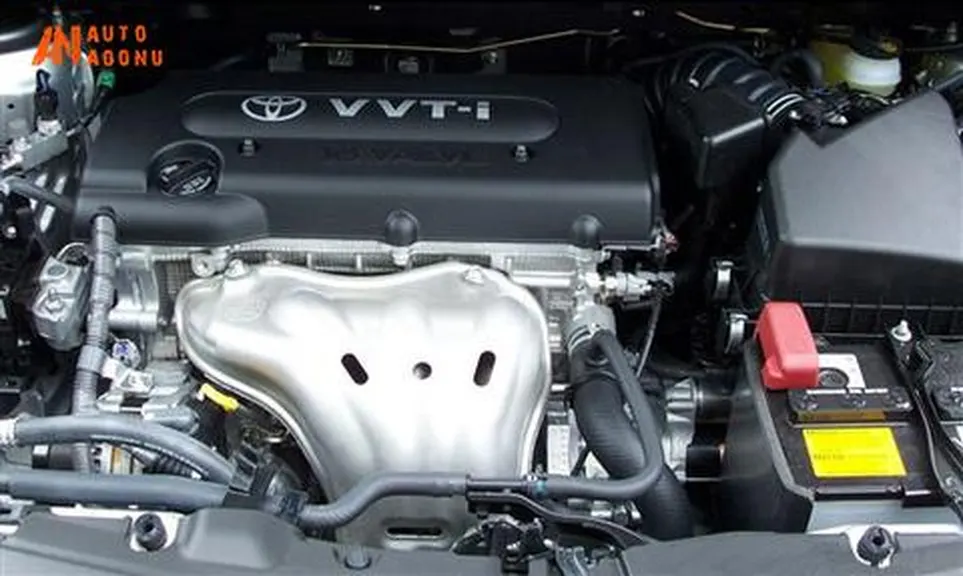
In the late 1990s, Toyota began to popularize the Intelligent Valuable Valve Timing Control (VVT-i). Because the system can control the advance angle of the intake air according to the driving conditions to achieve the functions of power boost and fuel saving. Therefore, most of Toyota’s models can meet the low-emission vehicle standards set by the Japan Ministry of Land, Infrastructure, Transport and Tourism (formerly the Ministry of Transport). This system works on the same basic principles as Nissan’s NVCS and Mitsubishi’s MIVEC.
◆ Fully set up branches around the world: European factories, British factories, etc.

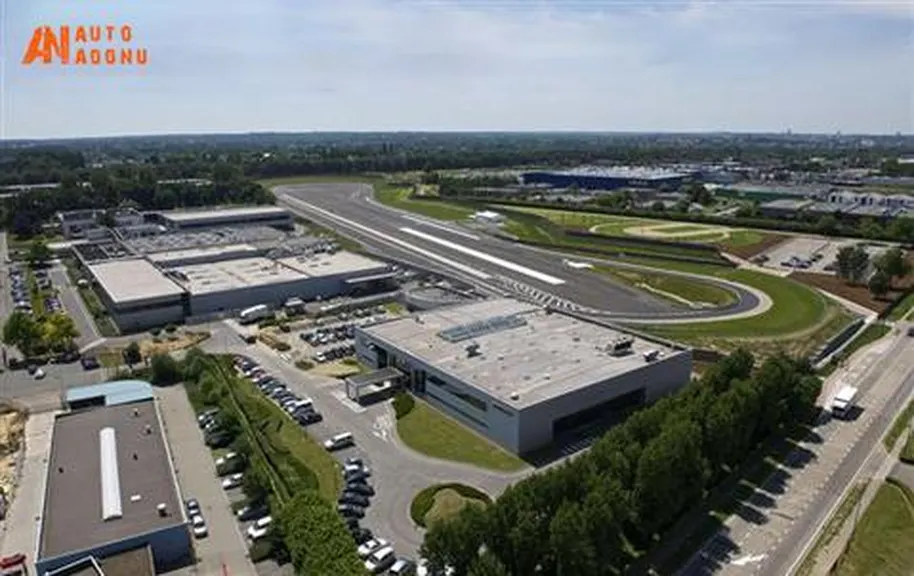
In 1990, as Toyota’s European racing company achieved very good results, Toyota decided to establish Toyota Motor Europe (TME) in Europe to help Toyota expand further in the European market. Two years later, Toyota also established in the UK Branch company – TMUK, and at the time Toyota has also been welcomed by British users. Next, Toyota’s business began to expand into markets around the world, and branches were established in Indiana, Virginia and other places. In 1999, Toyota decided to officially list on the New York and London Stock Exchanges.
◆ 2002: Launched the new Scion brand, focusing on the young consumer market
In 2002, Toyota launched another sub-brand, Scion. Scion is a car brand with young Americans as the consumer group. Prior to the establishment of the brand, Toyota has always been regarded as the main consumer target for middle aged consumers. How to win over the younger generation of consumer became a difficult problem at the time. Therefore, Toyota has adopted a brand-new method in the concept of product development and advertising, in an attempt to change everyone’s consistent impression of Toyota.

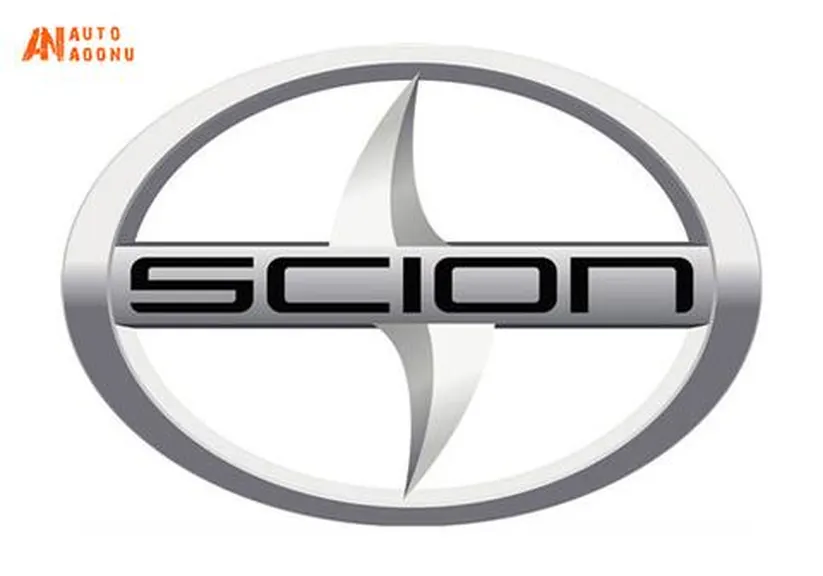

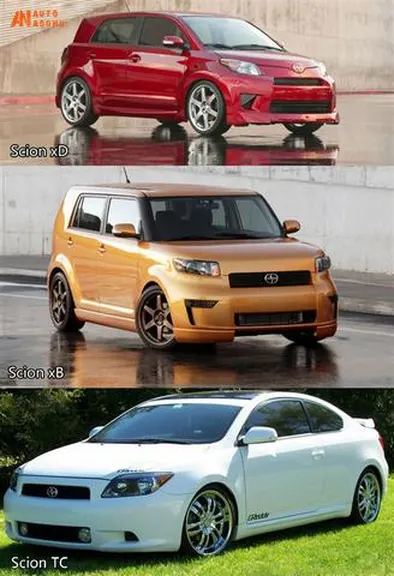
There are mainly three models of Scion currently on sale: Scion xD, Scion xB, and Scion tC, etc. Their appearance design is in keeping with the trend. As a trendy product, various changes can be made according to customer preferences, and can be personalized. Opened up a new class of cars that were neither Popularization nor premium sedan.
● Multiple crises, from crest to trough (2005-present)
Global economic crisis / brake event/ Japan earthquake
By 2005, Toyota was ranked eighth in the Forbes list of the world’s top 500 companies. By the first quarter of 2008, Toyota’s output had reached 2.41 million units, replacing General Motors, which produced 2.25 million vehicles, as the world’s largest automobile company. However, due to the impact of the global financial crisis in 2009, Toyota announced that the company had suffered a loss for the first time since World War II. From 2008 to the end of March 2009, Toyota had a cumulative loss of 436.9 billion yen. Then the head of Toyota Katsuaki Watanabe stepped down and was taken over by Toyota family’s Akio Toyoda.


In August 2009, a traffic accident occurred in California. The driver drove a Toyota Lexus sedan, and when the speed reached 190 km / h, the entire car ran out of the lane and killed four passengers. Later, after investigation, it may be caused by the foot pads jamming the accelerator pedal. Therefore, Toyota announced on the 25th that it will recall eight models sold in the United States in January 2010, including Camry, Prius, Avalon and some parts of Lexus, with an estimated total of 4.2 million. After the recall, the accelerator pedal will be shortened and safer foot pads will be replaced. At the same time, new brake systems were installed for five of these models, mainly equipped with brake priority systems.

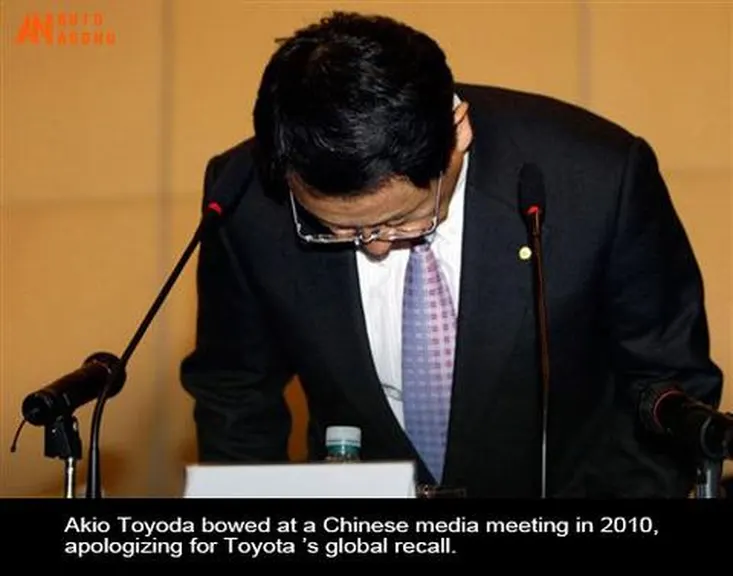
In January 2010, the Toyota brake incident continued to escalate. Since most of Toyota’s models at that time did not rebound after the accelerator pedal was pressed down, it could easily lead to fatal accidents, so Toyota began to recall 7.9 million vehicles worldwide. However, in February, the third-generation Prius also occurred an accident of brake failure, and Toyota continued to recall 270,000 models worldwide. On April 5, 2010, the US Department of Transportation announced a proposed fine of up to $ 16.375 million on a large-scale recall car of Toyota Motor Corporation. This is the largest civil penalty the U.S. government has imposed on a car company to date. On April 10 Toyota said they would accept punishment and the accident could cost the company 2 billion exports and sales. Although Toyota was still the leader in the automotive industry in 2010, the ranking of the top 100 companies in the world has fallen from eighth in 2009 to eleventh.

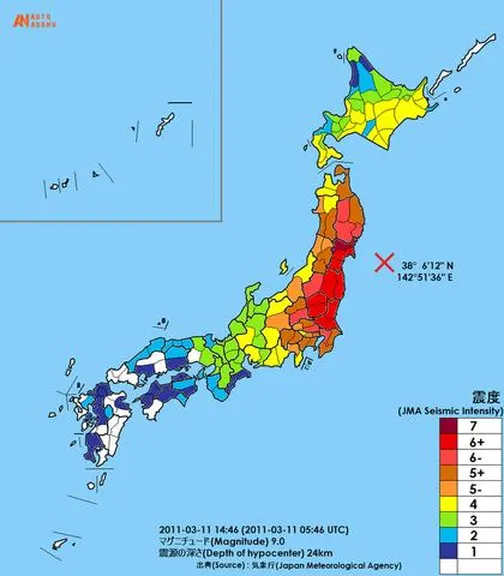
By March 11, 2011, a magnitude 9.0 earthquake struck the Pacific Ocean east of Miyagi Prefecture in northeastern Japan. This is the largest earthquake in Japan in 7 years. In this disaster, not only caused the loss of personnel and property, but also caused most of the Japanese auto companies to stop production. Toyota’s auto industry was also affected. The workshops and production lines of Toyota’s two factories suffered severe losses and announced the suspension of production. In November 2011, Toyota resumed full load production.
● Toyota and events:
◆ Car Rally: Australian Rally / WRC
In addition to Toyota’s brilliant sales, Toyota’s development in the race has also achieved good results. In 1957, Toyota began to participate in the race for the first time. At that time, it participated in the Australian Rally, and the participating model was the Crown, which resulted in a 47th place. The race from the 1970s until 1999, Toyota’s European team participated in the World Rally Championship (WRC) with Corolla Levin, Sprinter Trueno, Celica and Supra. In 1975 Finland’s Thousand Lakes Rally won the WRC championship for the first time. And won the title of best driver and best car manufacturer for two consecutive years in 1993 and 1994.


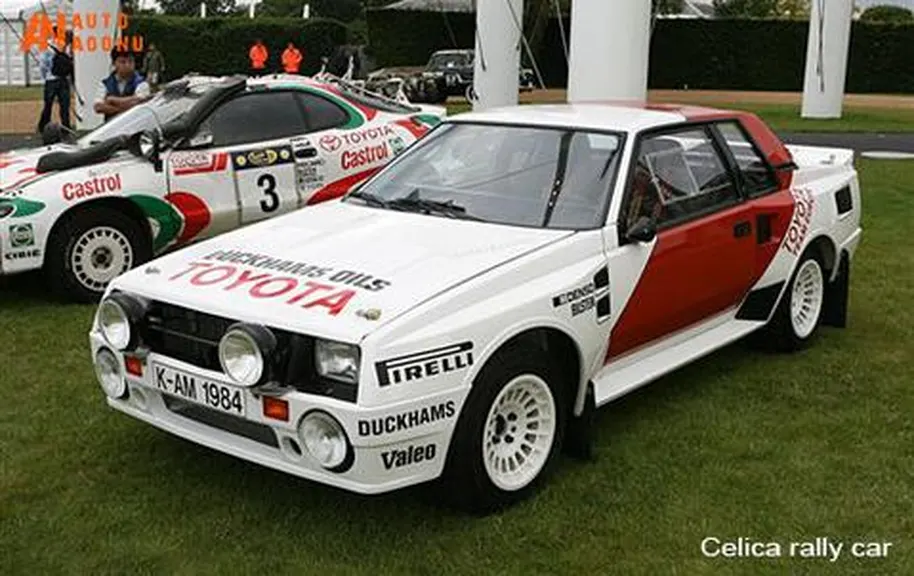
At the 1995 WRC Catalan race, the Toyota team was found to have violated the rules to cheat by installing components to limit the engine’s air intake. All points for 1995 were cancelled, and not allowed to participate in any more events until 1996.

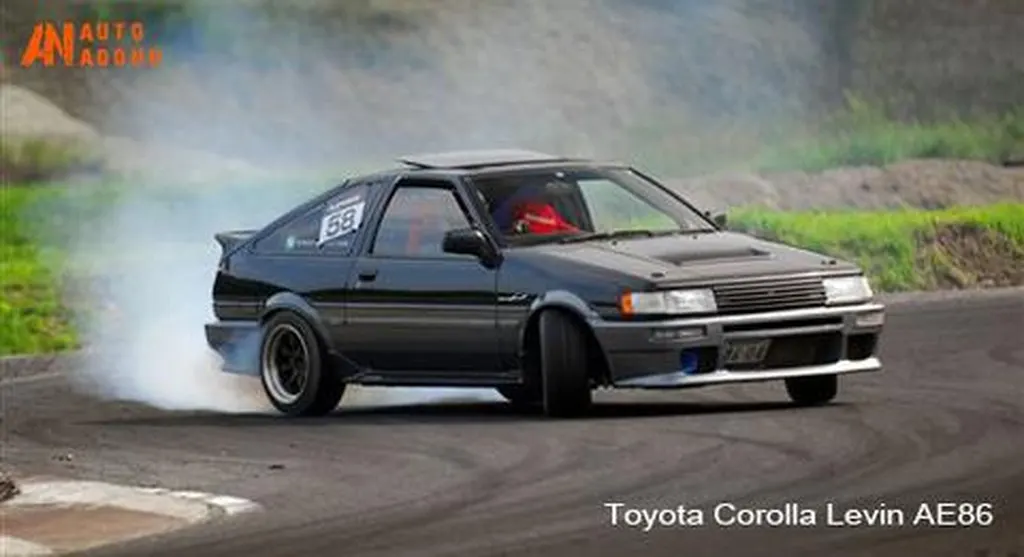
In 1997, at the national rally, Toyota abandoned the heavy Celica and replaced it with Corolla which equipped with a 3S-G engine and drove by French driver Didier Auriol. In 1998, Spanish driver Carlos Sainz moved from Ford to Toyota. He finally finished the 98-year race with two championships and the second best result of the car manufacturer. In 1999, Toyota Team won the title of best car manufacturer for the third time. In the same year, the European team announced that it would participate in Formula One racing. At this point, Toyota’s history of participating in the rally officially ended.
◆ Car endurance race: Japan Racing / Le Mans / SWC
In 1982, Toyota participated in the World Car Endurance Race held in Japan for the first time with Celica Turbo C as a racing car (Group C). In 1983, it participated in the All-Japan Endurance Race (renamed the All-Japan Racing Race in 1987) and participated in it until 1992. Among them, in 1987 officially began to participate in the name of the Toyota team.

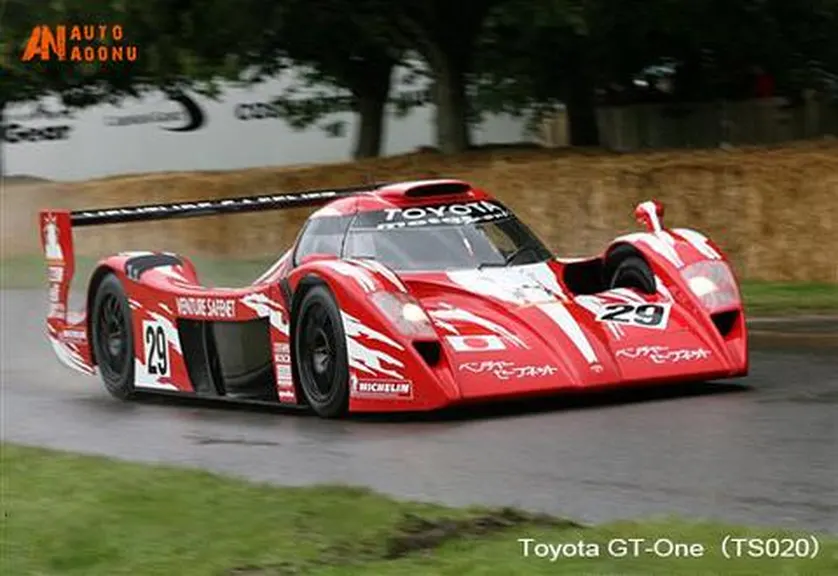
In 1985, Toyota began participating in the Le Mans 24 Hours in France. From 1985 to 1990, the car with turbocharged engine was used for the competition. From 1992 to 1993, a TS010 naturally aspirated 3.5-liter engine was used for the competition and won 2nd place in 1992. Toyota continued to debut in 1994, and after fierce competition with the Porsche car factory, it finally lost and won the second place. From 1998 to 1999, Toyota faced off with the Toyota GT-One (TS020) turbocharged model, but ended up only in second place. In addition, Toyota also participated in the World Championship (SWC) in 1992 with TS010 engine model and won the championship at the race track in Monza, Italy.
◆ Other races: NASCAR / Netz Cup / Toyota Formula

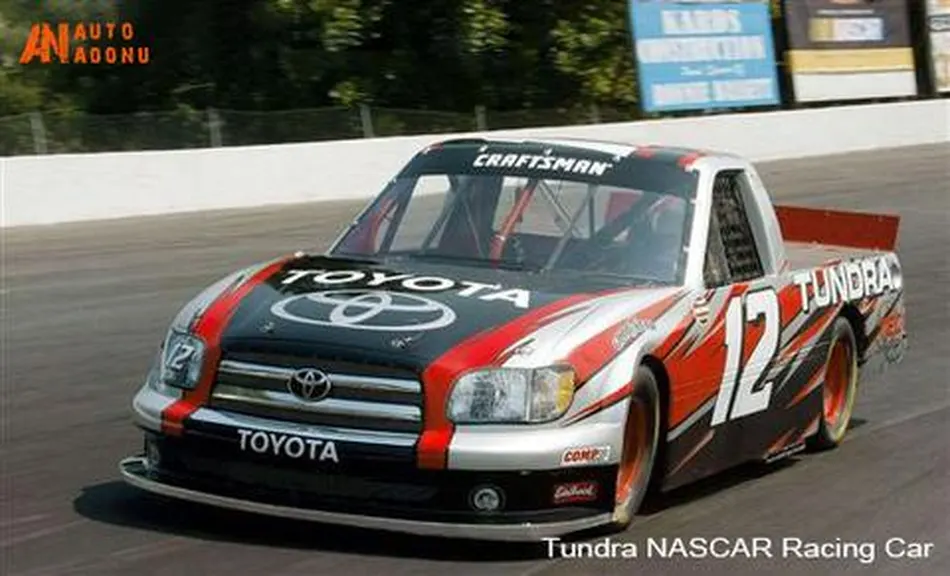
In other events, Toyota has been participating in the American Championship Car Racing as an engine manufacturer since 1996. In the 2002 race, Toyota won two awards for best driver and best manufacturer. Beginning in 2003, Toyota began participating in the Indy Racing League (IRL) races. In the first year of participating in the IRL, it won two awards as the best driver and the best manufacturer and for the first time as a Japanese car manufacturer in the “Indy500” competition won the championship. By 2006 Toyota officially announced its withdrawal from the IRL. On the other hand, Toyota has participated in The National Association for Stock Car Auto Racing (NASCAR) since 2000, sending Celica to participate in the NASCAR Goodies Dash series. In 2004, Toyota participated in the NASCAR Craftsman Truck series with Tundra. Later in 2007, Camry played in NASCAR’s highest-level NEXTEL Cup and Busch Series events.


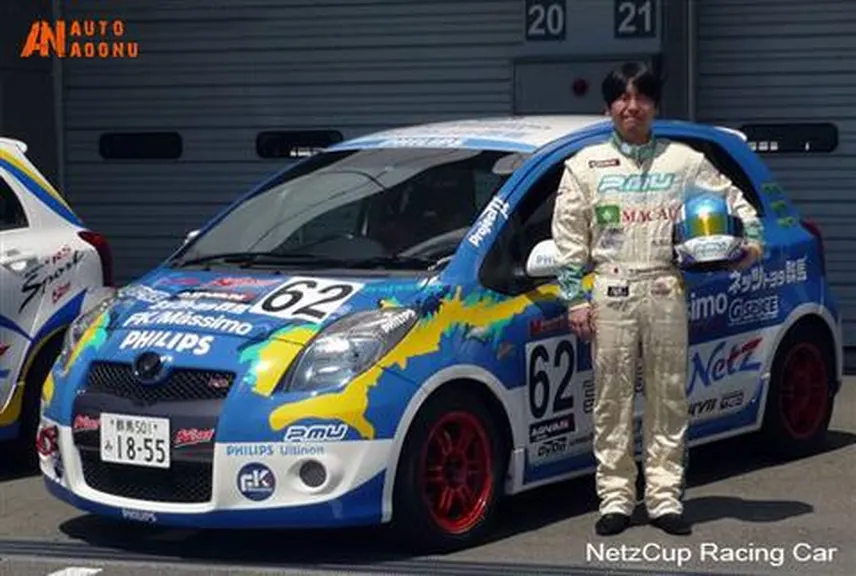
In the amateur race, Toyota also held “NetzCup”, which is limited to Vitz or Altezza models, and “TRD Vitz Challenge”, which is specially designed for beginners of rally racing. Furthermore, it also launched a program to train young drivers, formula race “Formula Toyota”.
Nowadays, in terms of events, Toyota has rarely participated in the competition in person. Major events it competes in include North American Touring Car races, Le Mans races, and some amateur races organized by itself. In some international competitions, although the Toyota team does not participate in the competition itself, it is providing engine technology to many participating teams, and Toyota’s racing engines are also known in racing circles.
Throughout Toyota history, Toyota has evolved from a small Japanese car factory which insisted on imitating simply than creating, to the world’s largest car manufacturer who has continuously learned and innovated from imitation. Toyota’s success except opportunity, more is the smart decision of Toyota leaders in the face of crises and opportunities, allowing it to gain a foothold in the local and global automotive markets. Now Toyota has developed into a huge family with several car series, dozens of models and styles, and has achieved good sales in the global market. And in the future, what Toyota has to do is throw opponents farther behind on the road to automotive development.

